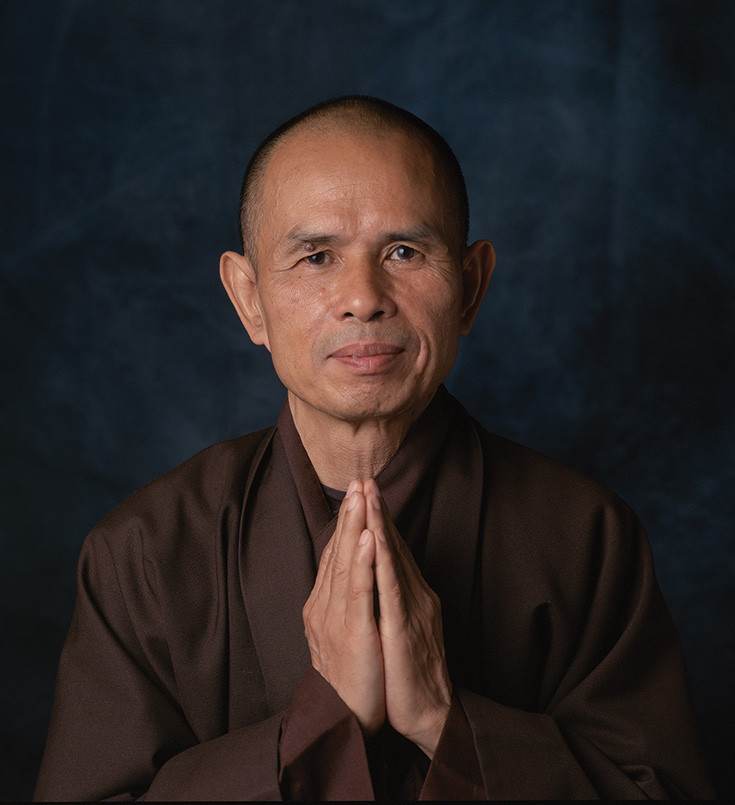“You carry Mother Earth within you.”
Thich Nhat Hanh
Recently shared contemplations:
Beloved Mother of All Things
Dear Mother Earth,
I bow my head before you as I look deeply and recognize that you are present in me and that I’m a part of you. I was born from you and you are always present, offering me everything I need for my nourishment and growth.
Your Wonder, Beauty and Creativity
Dear Mother Earth,
Each morning when I wake up you offer me twenty-four brand new hours to cherish and enjoy your beauty. You gave birth to every miraculous form of life.
Walking Tenderly on Mother Earth
Dear Mother Earth,
Every time I step upon the Earth, I will train myself to see that I am walking on you, my Mother. Every time I place my feet on the Earth I have a chance to be in touch with you and with all your wonders.
Your Stability, Patience, and Inclusiveness
Dear Mother Earth,
You are this infinitely beautiful blue planet, fragrant, cool, and kind. Your immeasurable patience and endurance makes you a great bodhisattva.
Heaven on Earth
Dear Mother Earth,
There are those of us who walk the Earth searching for a promised land, not realizing that you are the wondrous place we’ve been looking for our whole lives.
Our Journey of Eons
Dear Mother Earth,
Do you remember when you and Father Sun first formed from the dust of exploded stars and interstellar gas? You didn’t yet wear the silken cloak of freshness that you do today.
“Mother Earth is not just your environment. With the insight of interbeing, it is possible to have real communication with the Earth, which is the highest form of prayer.”
Thich Nhat Hanh
★
Avoid spiritual bypassing and cultivate a real, healthy, and sustainable relationship with the more than human world.
★
Please take a few minutes to practice with these contemplations from Zen masters, poets, and indigenous elders.
